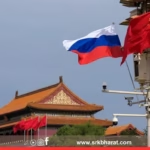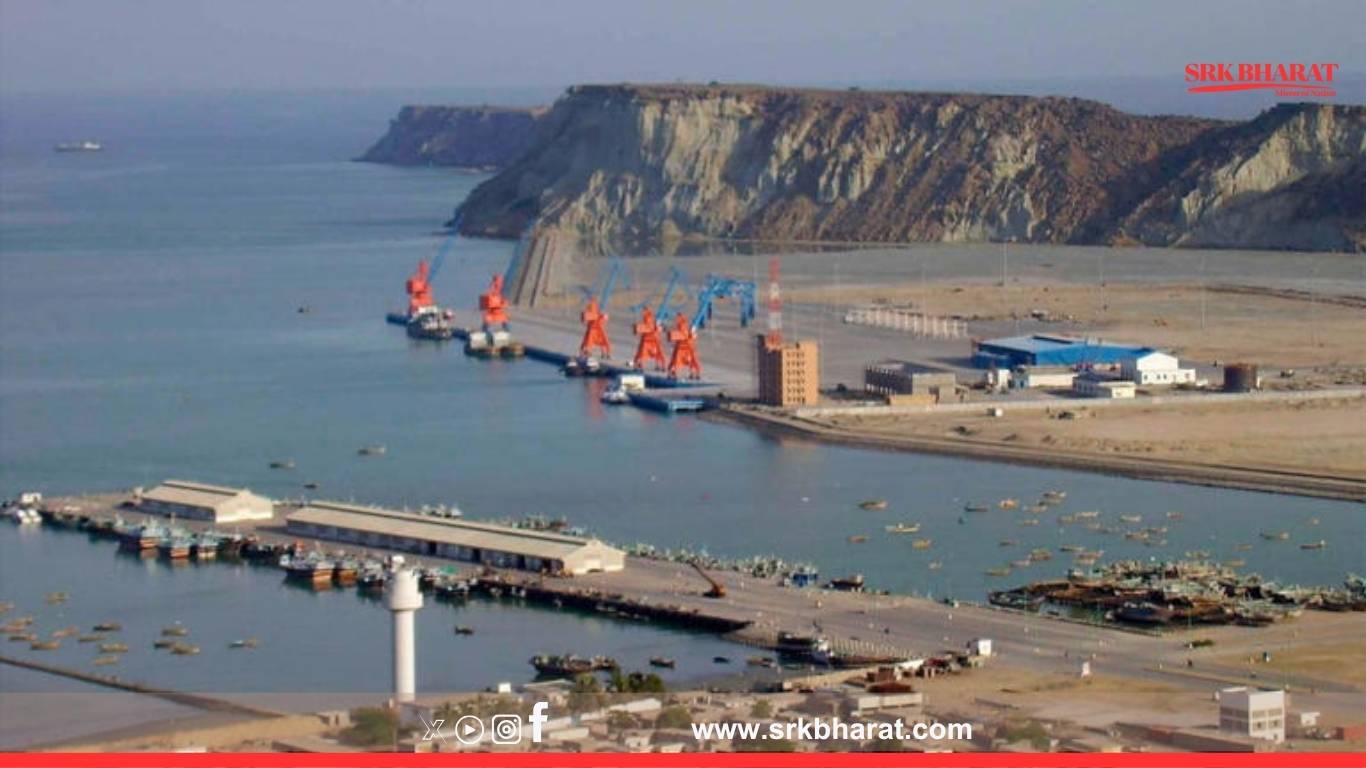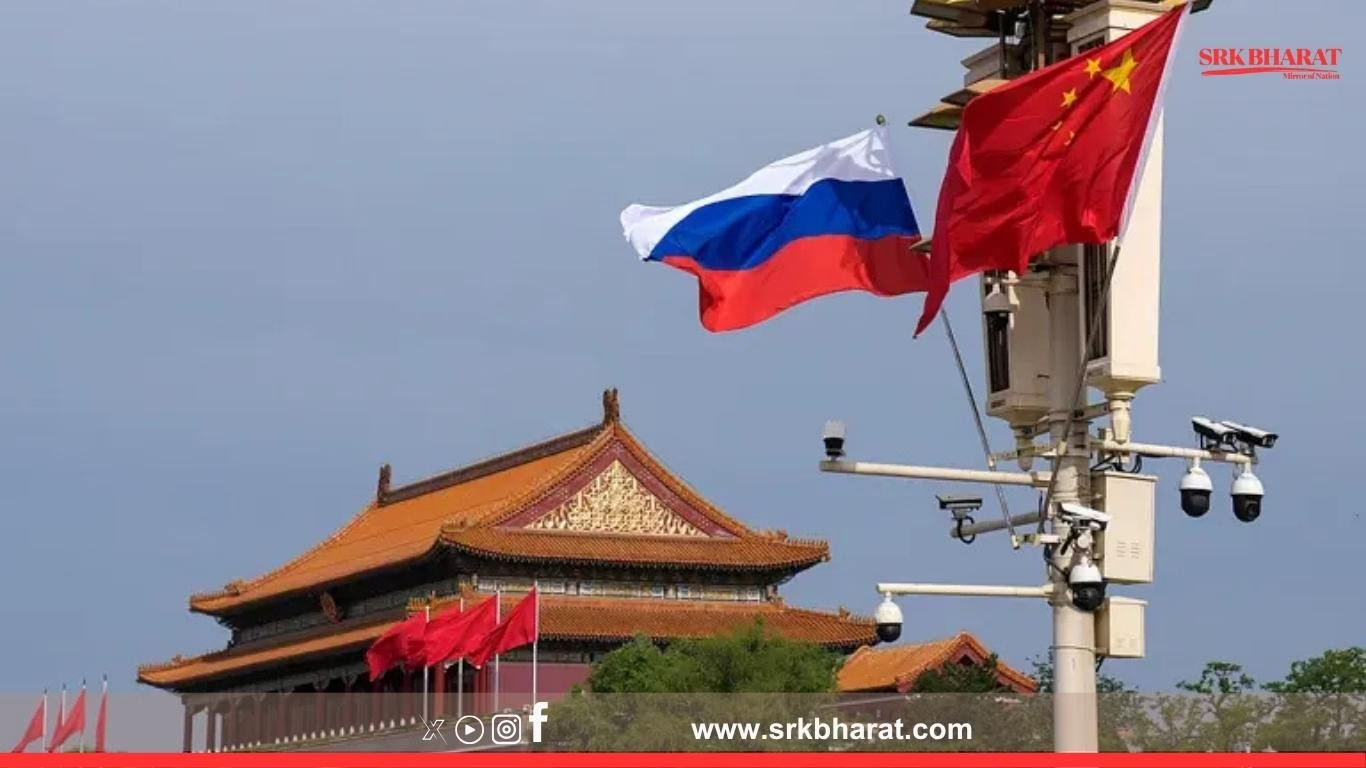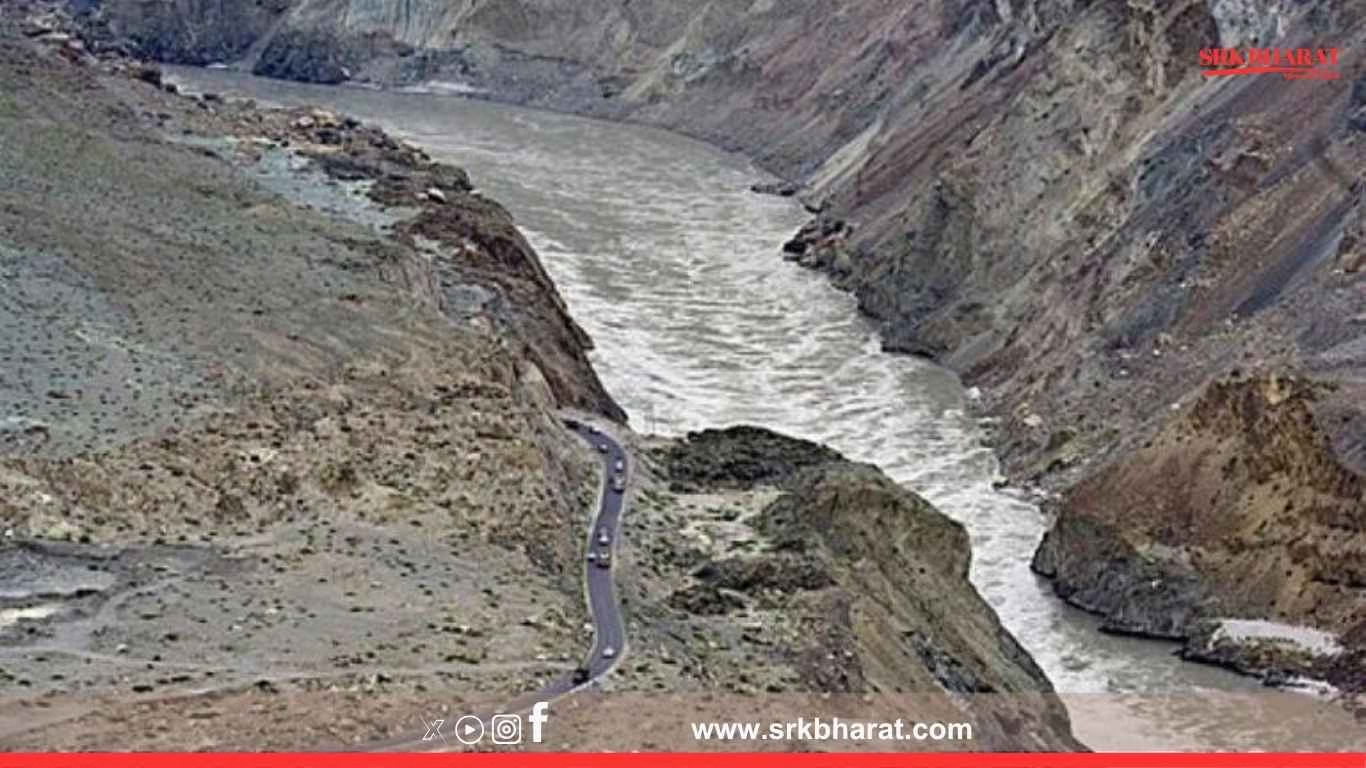Pakistan is pushing ahead with new connectivity initiatives to link the China-developed Gwadar Port with Gulf countries, aiming to revive the struggling economic zone’s commercial viability and strategic purpose. Officials in Islamabad confirmed this week that the government is negotiating transit and trade facilitation agreements with Oman, UAE, Saudi Arabia, and Bahrain to integrate Gwadar into regional shipping and logistics networks.
Gwadar’s Strategic Promise vs. Operational Reality
Located on the Arabian Sea in Balochistan, Gwadar Port was inaugurated in 2007 and upgraded under the China-Pakistan Economic Corridor (CPEC) with over $1.62 billion in Chinese investment. It is often described as the “jewel” of CPEC for its strategic position near the Strait of Hormuz, through which about 20% of global oil trade passes.
However, despite its geopolitical promise, Gwadar has faced:
- Low Cargo Throughput: Container traffic remains underutilised compared to capacity, with most shipping lines preferring Karachi Port and Port Qasim due to better hinterland connectivity and customs efficiency.
- Security Concerns: Insurgent attacks in Balochistan and local protests over fishing rights and land acquisition continue to affect port operations and investor confidence.
- Incomplete Infrastructure: Delays in road, rail, and pipeline linkages with northern Pakistan and Xinjiang, China, hamper seamless transit trade potential.
New Connectivity Plan to Gulf Countries
Pakistan’s Maritime Affairs Minister Qaiser Ahmed Sheikh said:
“We are working on a comprehensive plan to integrate Gwadar with Gulf ports, enabling direct feeder services and ro-ro ferry connections with Oman, UAE, Bahrain, and Saudi Arabia.”
Key initiatives under consideration include:
- Ferry and Ro-Ro Services: Launching fast ferry services for passengers and roll-on roll-off cargo to Oman’s Duqm and UAE’s Fujairah ports to facilitate tourism and automobile trade.
- Transit Trade Agreements: Negotiating reduced customs barriers with Gulf countries to allow Pakistani exports via Gwadar, bypassing congested Karachi routes.
- Oil Storage and Refining Hub: Proposals to set up oil storage facilities and refineries in Gwadar to process and transship Gulf crude for regional markets.
- Digital Port Management Systems: Integrating Gwadar with Gulf ports’ digital logistics systems to attract international shipping lines.
China’s Role in Gwadar-Gulf Connectivity
China has strategic stakes in Gwadar as part of its Belt and Road Initiative (BRI), viewing it as a potential terminus for pipelines transporting Middle Eastern oil to Western China, reducing reliance on the Malacca Strait chokepoint.
Chinese firms are assisting Pakistan in:
- Technical feasibility studies for new ferry and feeder routes.
- Developing Gwadar Free Zone phase-2 to house Gulf-backed logistics, food processing, and petrochemical units.
- Expanding Eastbay Expressway connectivity to improve inland cargo movement.
Economic Rationale Behind the Initiative
| Objective | Description |
|---|---|
| Boost Trade Volume | Currently, Gwadar handles <5% of Karachi port traffic. Gulf integration could attract regional transshipment. |
| Diversify Port Revenue | Oil storage, refining, and re-export could become major revenue streams amid falling container income. |
| Enhance BRI Value | Gulf linkages make Gwadar more viable as a multi-modal hub within China’s West Asia strategy. |
| Employment & Local Development | Increased port activity can generate jobs in Balochistan’s underdeveloped Makran coast. |
Challenges to Implementation
Analysts caution that despite promising connectivity plans, major structural and geopolitical challenges persist:
- Security Instability: Baloch separatist groups continue targeting CPEC assets, posing risks to Gulf investors.
- Competition from Gulf Ports: UAE’s Jebel Ali, Saudi Arabia’s Jeddah, and Oman’s Duqm already serve as major transshipment hubs with superior infrastructure.
- Financing Constraints: Pakistan’s ongoing economic crisis limits public sector funding for complementary road, rail, and pipeline networks.
- Regulatory Bottlenecks: Customs inefficiencies and cumbersome trade facilitation processes deter shipping lines from rerouting to Gwadar.
Regional Strategic Implications
If successfully implemented, the Gwadar-Gulf linkage could:
- Reduce Pakistan’s overdependence on Karachi and Port Qasim, enhancing national port resilience.
- Strengthen China’s maritime foothold in the Arabian Sea, allowing Beijing greater access to Gulf oil and trade routes.
- Provide Gulf countries with alternative South Asian port access for their exports and investments amid Red Sea route risks.
Expert Perspectives
Dr. Rabia Akhtar, Director of the Centre for Security, Strategy and Policy Research, University of Lahore, stated:
“Gwadar’s success hinges on integrating with regional markets beyond China. Gulf connectivity can unlock its transit hub potential if Pakistan addresses security and infrastructure bottlenecks.”
Way Forward
To realise the Gwadar-Gulf vision, Pakistan plans to:
- Finalise ferry and feeder agreements with Oman and UAE by early 2026.
- Establish special economic zones tailored for Gulf investors within the Gwadar Free Zone.
- Enhance port security through naval and coast guard deployments to reassure shipping lines and foreign partners.
- Pursue regional diplomatic outreach to position Gwadar as a gateway for Gulf-South Asia trade integration.
Conclusion
While Gwadar’s journey from strategic promise to commercial success has faced setbacks, Pakistan’s new Gulf connectivity push underlines its intent to reposition the port as a viable regional hub. Its success will depend on coordinated diplomacy, investor confidence-building, security stabilisation, and ensuring operational efficiency to match Gulf rivals in a competitive maritime economy.
Disclaimer: This report is based on official statements from Pakistan’s Ministry of Maritime Affairs, Chinese embassy releases, and regional maritime trade analysis. Readers are advised to consult future bilateral agreements for final project implementation details.











